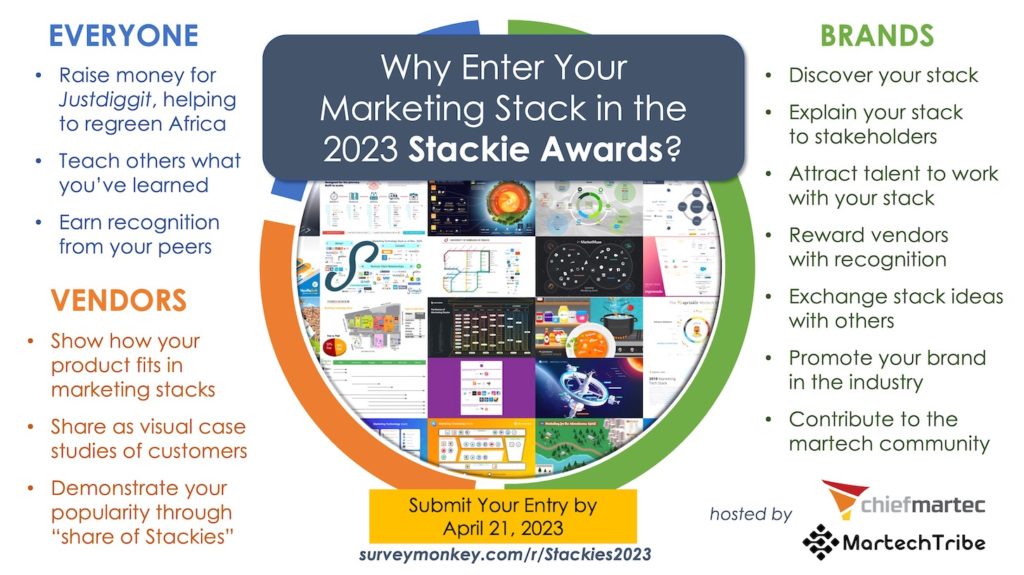How is marketing software like the military’s UAV (unmanned ariel vehicle) attack planes, such as the Predator?
That’s what I was wondering when I attended a seminar last week by Professor Mary “Missy” Cummings, the director of the MIT Humans and Automation Lab. Previously, Missy was one of the Navy’s first female fighter pilots for 11 years, and then she went on to earn a Ph.D. in Systems Engineering. Her lab now studies challenges with improving automation in situations involving “complex, multi-objective models with lots of uncertainty.” Such as UAV battle missions.
Or modern marketing operations?
One of the first examples Missy gave was how a team of two or more people are required to remotely fly a single UAV today. (Yes, it’s like something straight out of a Tom Clancy novel.) In the not-too-distant future, however, the military would like to reverse that operator-to-plane ratio and let a single person control up to four UAV’s simultaneously — each focused on its own particular objectives, each subject to ever-changing conditions in the field, yet all interdependent in the outcome of the overall mission.
Now that’s starting to sound more like the digital marketing world I know. Except with missiles.
Missy shared a wealth of ideas on the intersection of human factors, computer science, and psychology, four of which I found particularly relevant to marketing technology:
1. In complex, multi-objective missions, great decision support is as valuable as — maybe even more valuable than — execution control.
Using software to help you place ads, create landing pages, and automate email drip campaigns is helpful. But as the scope and complexity of your mission grows, the real power is being able to visualize decision support information for what is best to execute, not just how to execute it.
Although web analytics and business intelligence software are increasingly sophisticated, they still have a tendency to get disconnected from day-to-day operations. Marketing teams often work in a mode where the implementation of tactics happens in a separate environment — and at separate times — than the analysis of the relevant data. Instead, analytics should be built-in to more applications, integrated more tightly, to make front-line execution more cognizant of pertinent patterns and trade-offs. Opportunities and disasters spring up quickly, and reaction time — and a propensity for the right reaction — can be a huge competitive advantage.
2. Automation bias can be a dangerous consequence of relinquishing too much control to the computer.
Automation is appealing because it promises to make our workload more manageable. We can delegate tasks to a willing software agent and focus on “more important things.” The problem, however, is that we cannot delegate responsibility for the outcome. Algorithms, no matter how good they are, still have a long way to go before they recognize problems and opportunities with the same kind of intuition that we humans do. Automation bias — the tendency to set-it-and-forget-it and assume that the software is making the correct choices on our behalf — is a complacency that’s easy to fall into (e.g., check a box to let Google optimize your AdWords campaign for you). But when the software makes mistakes, they can go unnoticed until the negative effects snowball into a crisis.
This is not an easy problem to solve, as there’s an inherent tension between the benefits and the risks of automation. There are a number of ways to help though — such as good visualization, real-time feedback, management-by-consent or management-by-exception mechanisms, etc. One way to view this challenge is to model automation using the SRK framework, which breaks behavioral and cognitive tasks into three categories:
- skill-based behaviors that require little conscious attention and follow a very consistent pattern — for instance, the skill of riding a bicycle, or running an A/B test on a landing page and picking the winner;
- rule-based behaviors in which rules and procedures are used to select a course of action in response to an external event — such as exiting a building in a fire emergency or scoring a lead
- knowledge-based behaviors are the highest level, where we reason under uncertainty, drawing upon our experience and intuition to achieve larger goals.
Automation of skill-based tasks is often safer and easier than automating rule-based decisions — since the latter depends on accurately grasping the full context of the situation. However, the automation of knowledge-based behaviors is almost always a perilous idea. Marketing, like battle, is rarely a deterministic venture.
3. Software for execution and analysis is useful, but the really big gains come from teamwork and collaborative processes.
When there are multiple people in the loop, each with separate yet highly interdependent jobs, possibly spread across different locations, the biggest problems arise from coordination. So many of the “message mismatch” problems we see at ion — where a company’s ads and keyword buys don’t align with their landing pages — are a result of disjointed communication between the people working on each of those pieces independently, without a common frame of reference.
Software can facilitate better coordination by, first and foremost, enabling all contributors to see the same information, as it’s updated in real-time. Google Docs has made a big deal of this sort of collaboration, but you can achieve it in more domain-specific applications too — such as in landing page management software. In addition to letting people share a common frame of reference, software can also help manage the workflow, like the system of traffic lights on a city grid. But be careful! Badly coordinated traffic lights can slow things down to a crawl, and bad software workflow sucks.
Frankly, this is a dimension where people and process management are more important than technology. Bring everyone together and brainstorm how to better systematize the flow of tasks, how to speed up the cycle time, and how to better share knowledge — both in the moment and in the big picture.
4. The real barriers to adopting new technology are usually cultural, not technical.
The biggest hurdles in bringing in state-of-the-art software — in marketing or in the military — are not technical integration issues so much as they are cultural integration issues. Organizations develop comfortable and familiar ways of doing things, their norms. New technology, particularly revolutionary new technology, challenges those norms with new ways of doing things. People often resist these changes and seek to compromise adoption, often defeating the potential that such new technology offers in the process.
The best way to overcome this is for companies to recognize this tendency at the start of the adoption process and consciously strive to minimize it. Just as IT people are used to integrating with legacy databases or legacy servers, managers bringing in new software should explicitly address legacy processes and legacy thinking. Software vendors can help by providing training and consulting services — not just on the operation of their products, but on best practices for successfully integrating it culturally. Such consulting is probably not one-size-fits-all, but tailored to the cultural environment of the adopting organization.
Revolutionary software should be designed with this challenge in mind, helping people bridge from their old mental models to the new ones. Otherwise, the most amazing capabilities of their revolution run the risk of being buried under the inertia of the status quo. (Probably a greater risk than the competitive risk that most start-ups envision.)
Of course, the stakes aren’t as high in marketing as they are in military operations — hey, it’s only your career that’s on the line. 🙂




Excellent post, Scott. Definitely great fodder for when we next connect on ‘mahketin govahnance!’
I have been a firm believer that we are far more human constrained than we are machine constrained, and that neither Moore’s law nor Nielsen’s Law will ever surpass our human constraints in terms of usefulness (Eckman’s Law!). Our 5 senses have always been, and will always be, the key drivers of performance (so long as humans are the only species who “perform”)!
How well we interact with others, (people, machines, LCD screens) upon the platform of these 5 senses should be our focus.
Scott, great, well-written post that all CXOs (Executive, Financial, Technology, Marketing, etc.) should read.
There are indeed limits to our depending on technology; the Predator and other drones have a place in military operations – land based robots can explore caves and save lives that otherwise would have to venture in hostile environments; unmanned submarine vehicles can detect mines; however, there is no substitute for “boots on the ground,” or “human intelligence” (HUMINT) and the inherent decision making that follows the gathering of data from HUMINT.
In a business environment, HUMINT would include any front-line staff such as salespeople or customer support people that converse with customers and along with their direct managers, are trained to assess and make decisions which hopefully increase sales, prevent customer churn, or improve the strategic positioning of the organization.
The crux of this post to me is that “we cannot delegate responsibility for the outcome.” As Marketing Technologists, we are here to objectively build systems that possess better core competencies than we “carbon based” humans have – the ability to process mind-boggling, massive volumes of data for example. But human core competencies include complex decision making, which in the foreseeable future continues to outstrip that of any artificial intelligence or predictive analytical platform.
The other important point to think about is that UAVs, when not armed to perform their own lethal engagement, do serve as the gatherers of data which ultimately is dispatched as “actionable intelligence” to the “boots on the ground.” This “sensor to shooter” concept can be translated to the business world as “sensor to salesperson.”
In other words, the ability to *rapidly* gather, analyze, share and act upon data is key to an increased probability of success. Merely having a great platform with wonderful bells and whistles means nothing if you cannot use it to truly meet organizational objectives; The best technology is worthless unless it is augmented by the humans who create the culture that uses it with the greatest efficacy.